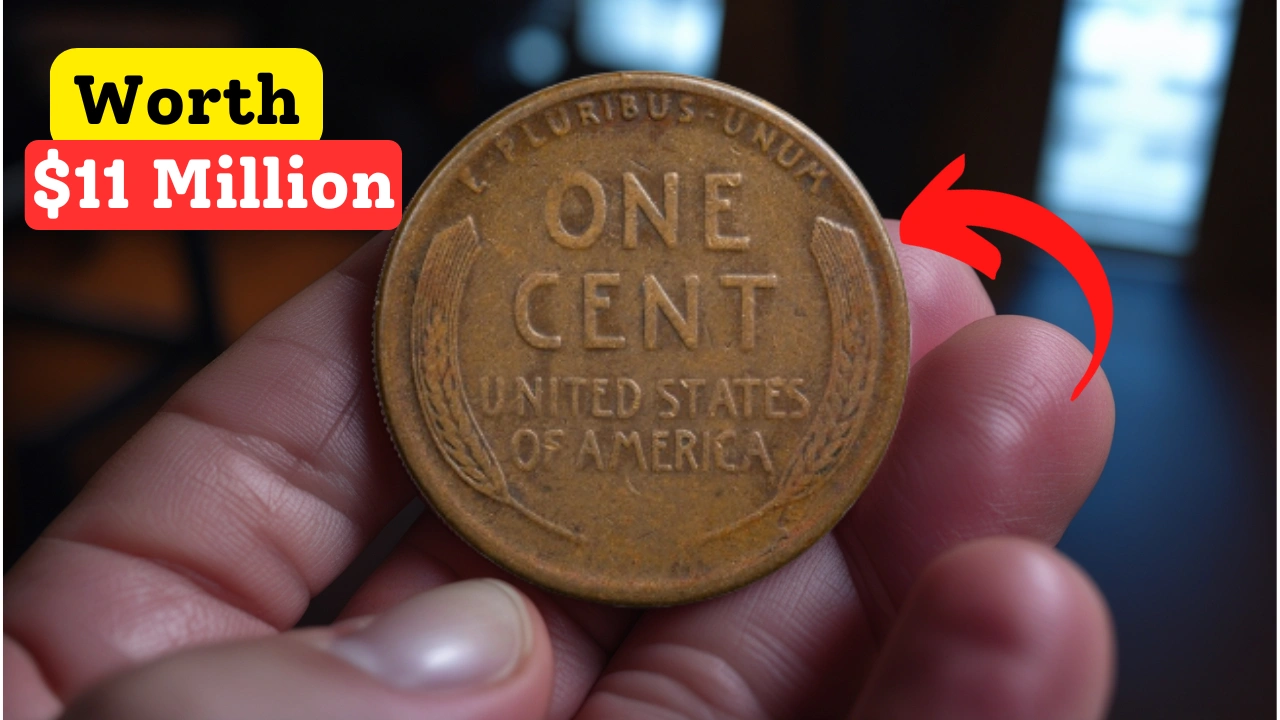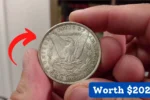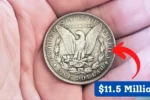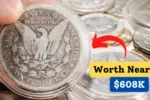The Rare Bicentennial Quarter Worth $11 Million: The Bicentennial Quarter is not only a fascinating piece of U.S. history but also one of the most intriguing and valuable coins to ever circulate. First minted in 1976 to mark the 200th anniversary of America’s independence, this special quarter has gained tremendous worth over time.
While the majority of these quarters are worth just a quarter, a rare variation of the Bicentennial Quarter is now estimated to be worth an astonishing $11 million What’s even more surprising is that some of these valuable coins are still out there in circulation, meaning you might just stumble across one without even realizing it.
The Birth of the Bicentennial Quarter
In 1976, to celebrate the United States’ bicentennial, the U.S. Mint produced a series of coins that featured unique designs. The quarter, in particular, received a dramatic makeover. Instead of the usual eagle on the reverse side, the Bicentennial Quarter displays a colonial drummer boy holding a torch, surrounded by stars.
Additionally, it showcases the dates “1776-1976” to highlight the nation’s 200 years of independence. This design, chosen to capture the spirit of the American Revolution, has become one of the most recognized and iconic in U.S. coinage history.
Why Some Bicentennial Quarters Are Worth Millions
While most Bicentennial Quarters are mass-produced and remain worth only 25 cents, certain versions of these coins are incredibly rare and valuable. Over time, collectors have identified rare variations caused by minting mistakes, unique design elements, or limited editions. Some of these quarters were struck with higher silver content, while others were misprinted or featured errors like double strikes or off-center designs, making them highly sought after. The rarest of these coins, currently valued at a staggering $11 million, commands attention due to its unique attributes and historical significance.
What Makes the $11 Million Bicentennial Quarter So Special?
Several factors contribute to the extraordinary value of this specific Bicentennial Quarter. Here’s a breakdown of the key features that could indicate your coin is a rare gem:
1. Silver Content: Some Bicentennial Quarters were made with a special 40% silver composition, unlike the standard copper-nickel quarters. These are significantly more valuable than their counterparts.
2. Double Strikes: A double die error occurs when a coin is struck twice, causing a blurry or duplicated image. This error can make the coin incredibly rare and desirable.
3. Off-Center Strikes: If a coin isn’t perfectly aligned when struck, it can result in a misaligned image. These off-center strikes are highly prized by collectors.
4. Missing Mint Mark: Most Bicentennial Quarters were minted in Philadelphia, Denver, or San Francisco, each with a specific mint mark. A coin that lacks a mint mark could be an extremely rare and valuable find.
5. Proof Coins: Proof versions of the Bicentennial Quarter, produced in limited numbers, have an especially crisp design with sharp, detailed features. These coins often hold greater value due to their high quality.
How to Spot a Rare Bicentennial Quarter?
If you suspect you might have a rare Bicentennial Quarter, there are several ways to verify its worth:
- Look for the Date: Check for the dual date “1776-1976,” which is the hallmark of this special edition quarter.
- Examine the Metal: If your coin has silver content, it will weigh more than a typical quarter. A silver Bicentennial Quarter weighs 5.75 grams, while a standard one weighs only 5.67 grams.
- Check for Errors: Carefully inspect the coin for any signs of doubling in the design, off-center strikes, or missing mint marks.
- Consult an Expert: If you think you’ve found something valuable, taking it to a professional numismatist or coin appraiser can help determine its authenticity and value.
Why Are Rare Bicentennial Quarters Still in Circulation?
It may seem surprising, but many rare Bicentennial Quarters are still floating around in everyday transactions. Often, people don’t realize that some of these coins are worth much more than their face value. As a result, they continue to be used in cash exchanges, tucked away in wallets, or mixed in with pocket change. Collectors and treasure hunters alike are always on the lookout for these potentially valuable finds, hoping that they’ll uncover a rare coin in circulation.
The Booming Market for Rare Coins
In recent years, the demand for rare coins has skyrocketed, with many collectors willing to pay astronomical prices for historically significant pieces. The value of coins like the $11 million Bicentennial Quarter highlights how valuable these items have become in the eyes of collectors and investors. For numismatists (coin collectors), these rare coins are more than just a hobby they’re an investment. As a result, the market for rare coins is more active than ever, with collectors eagerly competing for one-of-a-kind pieces.
The Enduring Legacy of the Bicentennial Quarter
Beyond its value, the Bicentennial Quarter holds a special place in American history. It represents a pivotal moment in the nation’s past, serving as a symbol of the United States’ resilience and independence. While most of these quarters will always be worth 25 cents, the rare variants have transcended their original purpose, becoming treasured artifacts for collectors and history enthusiasts alike.
Final Thoughts: The Rare Bicentennial Quarter Worth $11 Million
The $11 million Bicentennial Quarter is one of the most remarkable and valuable coins in the world of numismatics. Despite millions of these quarters being minted, only a select few are worth such an incredible amount. If you’re lucky enough to find one in your change, you could be holding a piece of history worth millions. So, next time you’re digging through your pocket change, it might be worth a second look you never know when you could stumble upon a fortune!
Disclaimer: The value of coins discussed in this article is based on current market trends and collector interest. For accurate appraisals, it’s always best to consult with a professional coin expert.





